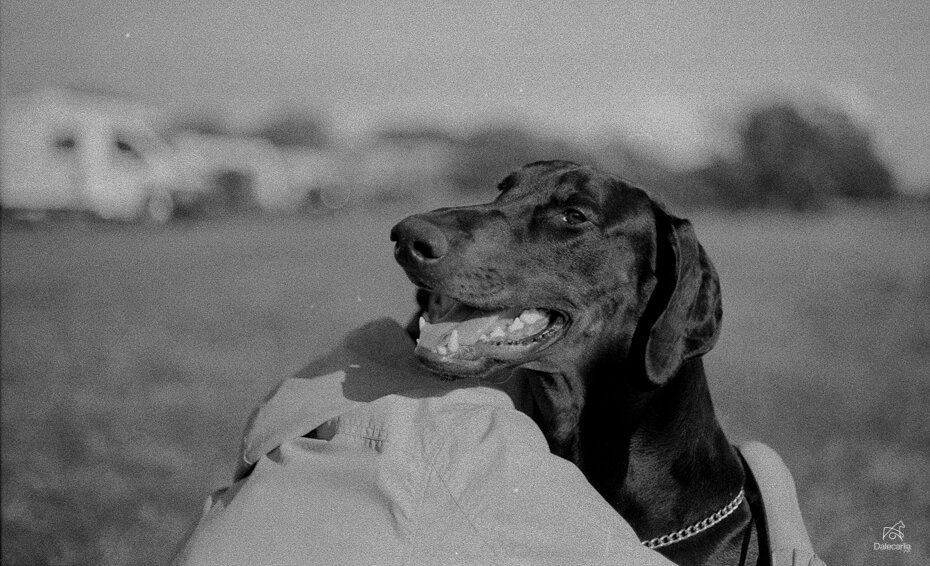Running out of film
The other day, Exor and I made a trip to Botanical Garden in Lund. With me, I had my EOS 30 with EF 50mm f/1.2 on, charged with Kodak Ektar 100 film. Photographing flowers is not something I do very often but wow, what fantastic shapes and colors.
Canon EOS 30 and Kodak Ektar
In the last month, I have started photographing more and more analog again. I have used my small pocket cameras, my larger SLR, and my Mamiya rz67 120mm medium format giant.
The film stock in the freezer has started to decrease to the point that I have had to refill with more 35mm film. 120mm has also decreased a bit, but there is still a fair amount left. I have had many different types of film in my freezer before, but now I will focus on a smaller number of brands and variants.
On the 35mm side, I will rely on the Kodak Ektar 100 and Portra 800, which both are color negative. Also, I will use Kodak Ektachrome, which is a beautiful slide film. As a black and white film, it will be the, perhaps, a little boring, Ilford HP5+.
Mamiya rz67 Pro II and Kodak Ektar
At 120mm, the focus will be on the Fujifilm Velvia 50 slide film for landscape, and for color negative, I will use the Fujifilm 400H. Here I will run Fujifilm for black/white also, Acros 100.
Of course, there are many reasons to shoot with film. Maybe not as many as reasons why to photograph at all, but close enough. In addition to the emotional, the creative side, it is also a technical part, and that should be as easy and straightforward as possible.
When shooting with film, of course, you need to develop it and then either scan it or make paper copies with an enlarger. The actual development of film looks a little different depending on whether it is black/white film, color negative, or slide film you are working with. Developing black/white is the easiest, and there it has become even more convenient with Cinestills Monobath. Also, C41, the process for developing color negatives, Cinestill has significantly simplified it with its two-step solution. Then you have slide film that is a little more difficult, and there I use Tental's E6 development, which consists of 4 steps and a 2.5-minute rinsing between each step. So that takes time, and you need to agitate every 15-30 seconds so you can't do anything else during development.
Canon EOS 30 and Fujjifilm 400H
For my part, I urge everyone to give it a try. You can always send your film to a lab and have it both developed and digitized. There are also lots of cheap cameras you can use. The results are still in the compositions and capturing the feeling of the moment.
Canon EOS 30 and Fujifilm 400H















